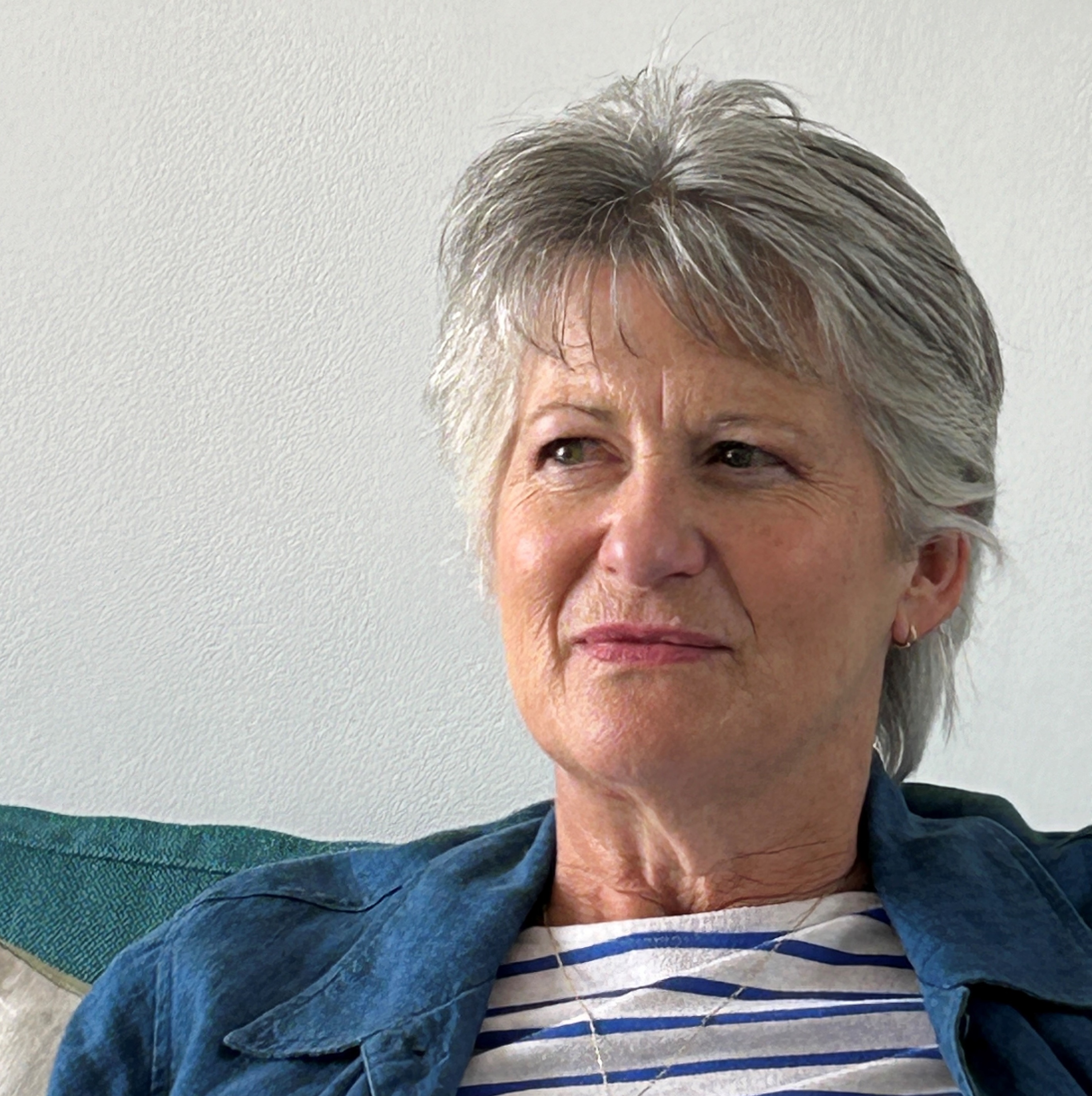Five shining examples of how to light a country house in exquisite style
The latest lamps and lighting accessories, selected by Amelia Thorpe.

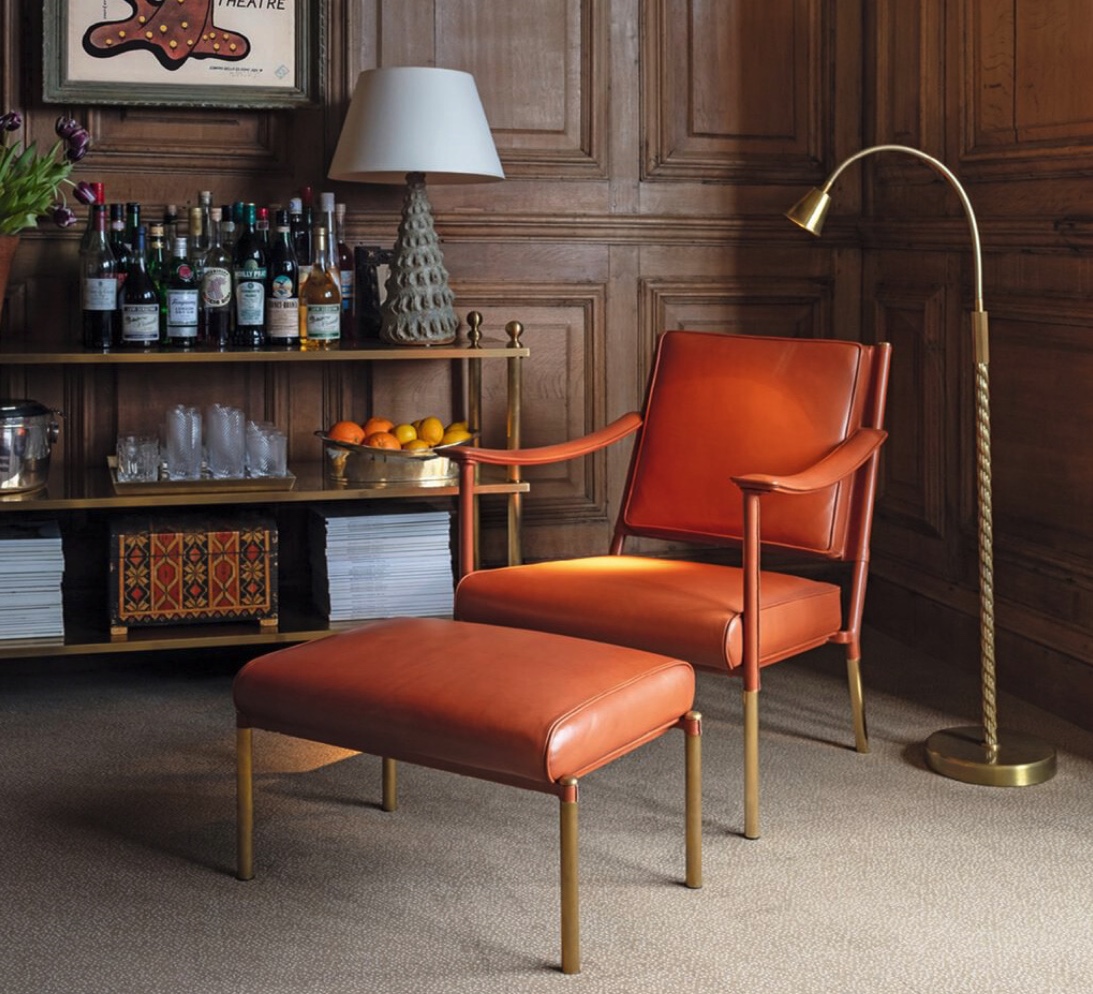
When it comes to choosing lighting, choose carefully — and think about what you really need.
It's a lesson our interiors editor Giles Kime learned the hard way, advising people to 'seriously question the need for overheard lighting' in his article '10 things I wish I’d known about doing up old houses before I started'.
'The chances are you might not need any at all,' says Giles. 'In most cases, your money will be better invested in plenty of low-level light in the form of table lamps and floor lamps that are significantly easier on the eye and create a pleasing atmosphere.'
The examples below show a range of options, from lamps to uplighters — and a magnificent low-hanging pendant which shows that now and again, light that comes from above is still the best choice.
The Humbug lamp

A lamp that will brighten even the gloomiest of corners, thanks to its cheerful design. It costs £295 and is shown here with the Humbug Straight Empire paper shade, £195, both from the NIX collection.
Nicola Harding — www.nicolaharding.com
Hang time
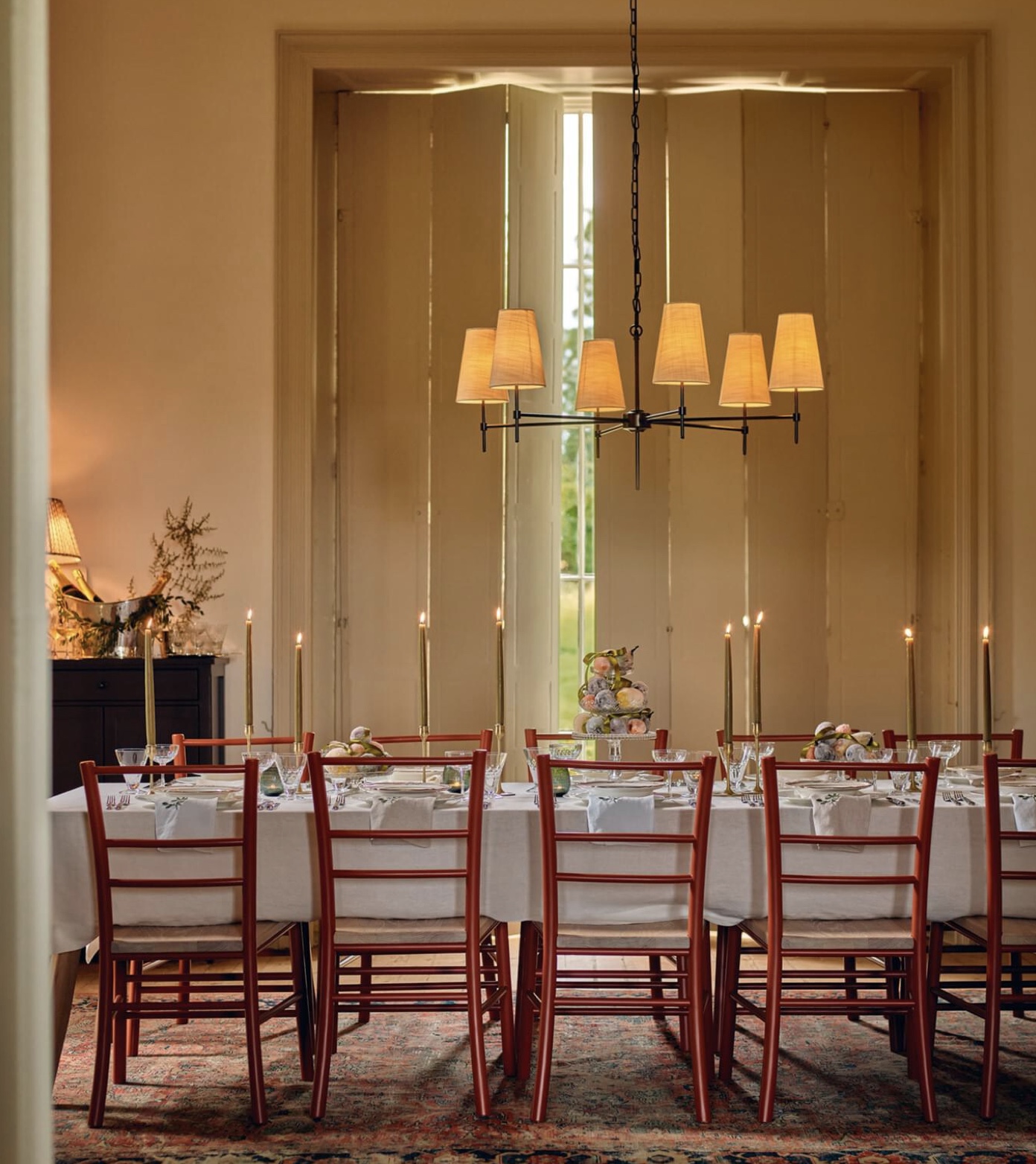
Designed as a contemporary take on a candelabra, the Hanover pendant in Bronze, £625, features six tapered shades on an elegant frame.
Exquisite houses, the beauty of Nature, and how to get the most from your life, straight to your inbox.
Neptune — www.neptune.com
Global appeal

Around the globe Jamb’s collection of elegant globe lanterns includes the Mulberry Globe, £2,880, with its ‘shackle’ top.
Jamb — www.jamb.co.uk
Kooky Pooky
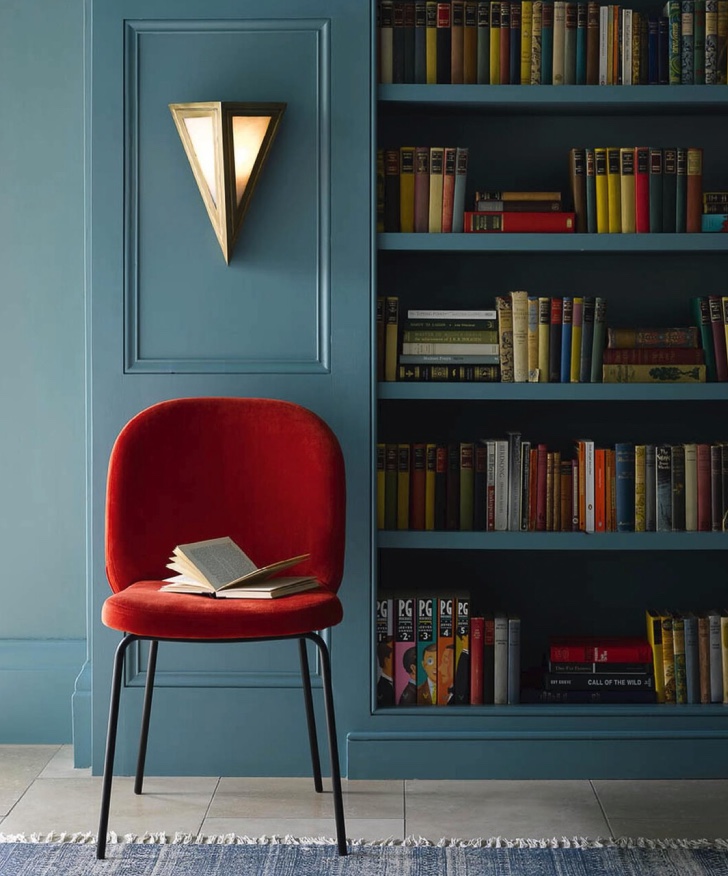
Light gently ripples through the alabaster panels of the Cyrus wall light, large, £224, and its Antiqued Brass frame finish adds a soft warmth to the design.
Pooky — www.pooky.com
Reading matters

Reading matter The Argo Flexi floor light in Antique Brass, £3,100, has a reeded rope column and flexible arm with shade, ideal for beside a reading chair. It is made in Hastings in East Sussex by Soane.
Soane Britain — www.soane.com

Seeing the light: The lasting legacy of Sir John Soane
For Sir John Soane, the tools of the trade included skylights, tinted glasses and mirrors, as much as classical motifs,

Made in Britain: Soane Britain
Soane Britain make furniture, lighting and fabric.
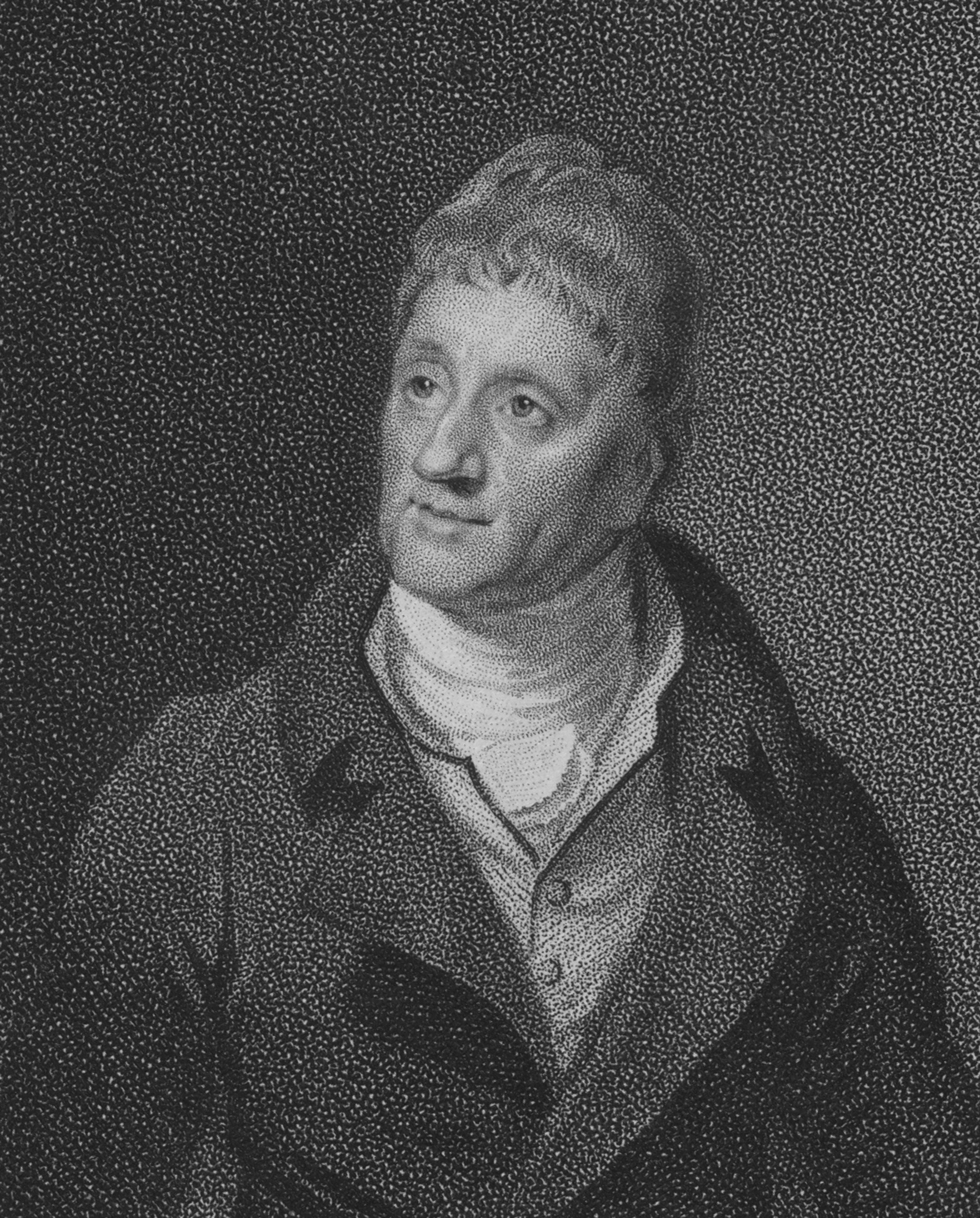
Great British Architects: Sir John Soane
One of the most inventive late Georgian architects, Sir John Soane also made daring use of new technology

Town mouse on ceramics at the Soane Museum
A visit to a new ceramics exhibition at the Soane Museum is a fascinating trip, says Clive
Amelia Thorpe is a design and interiors journalist and regular contributor to Country Life. She spent the first half of her career book publishing, before jumping the fence to become a writer — a role that she adores. Amelia lives in London with her husband and two roguish dogs.
